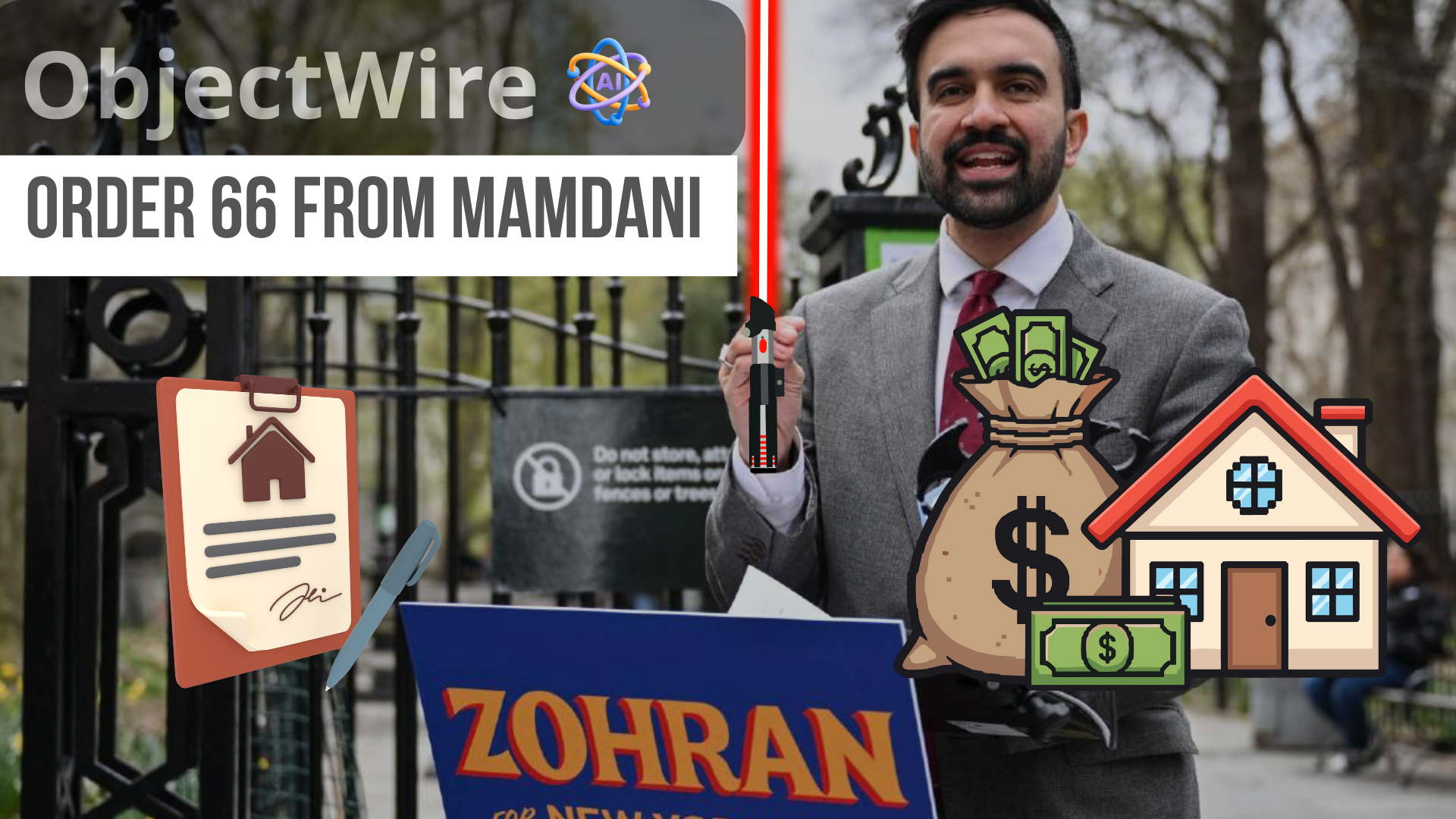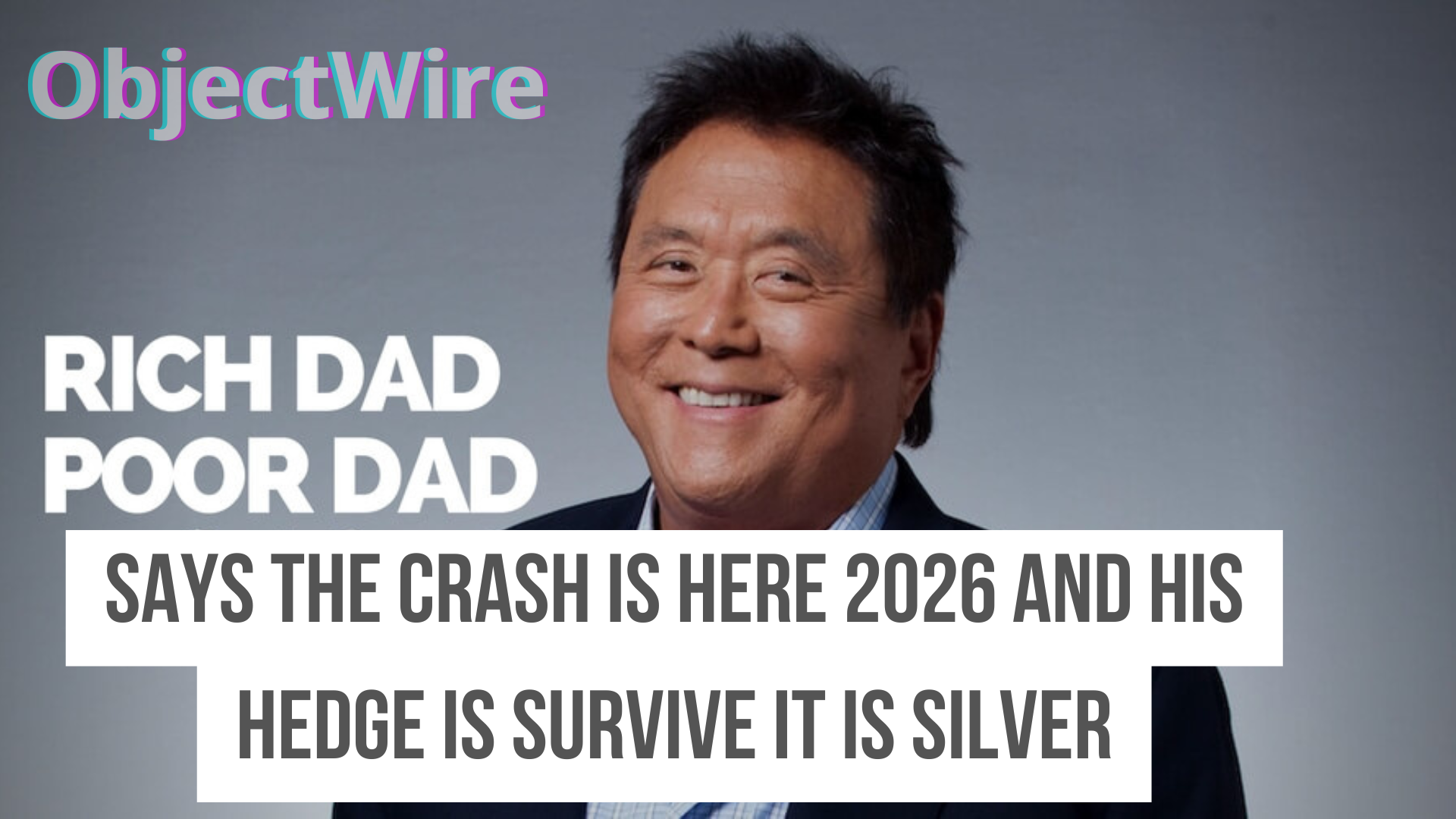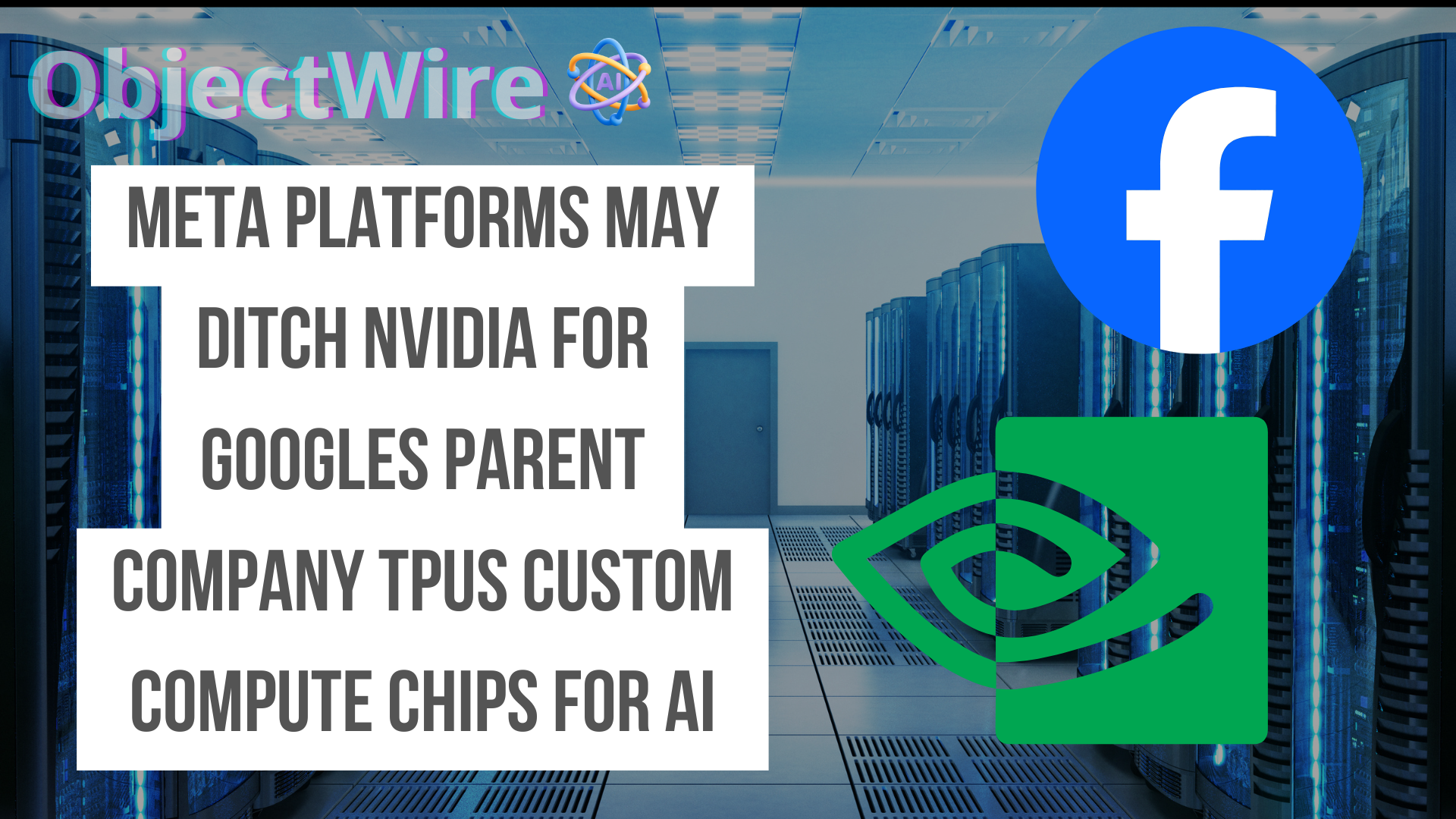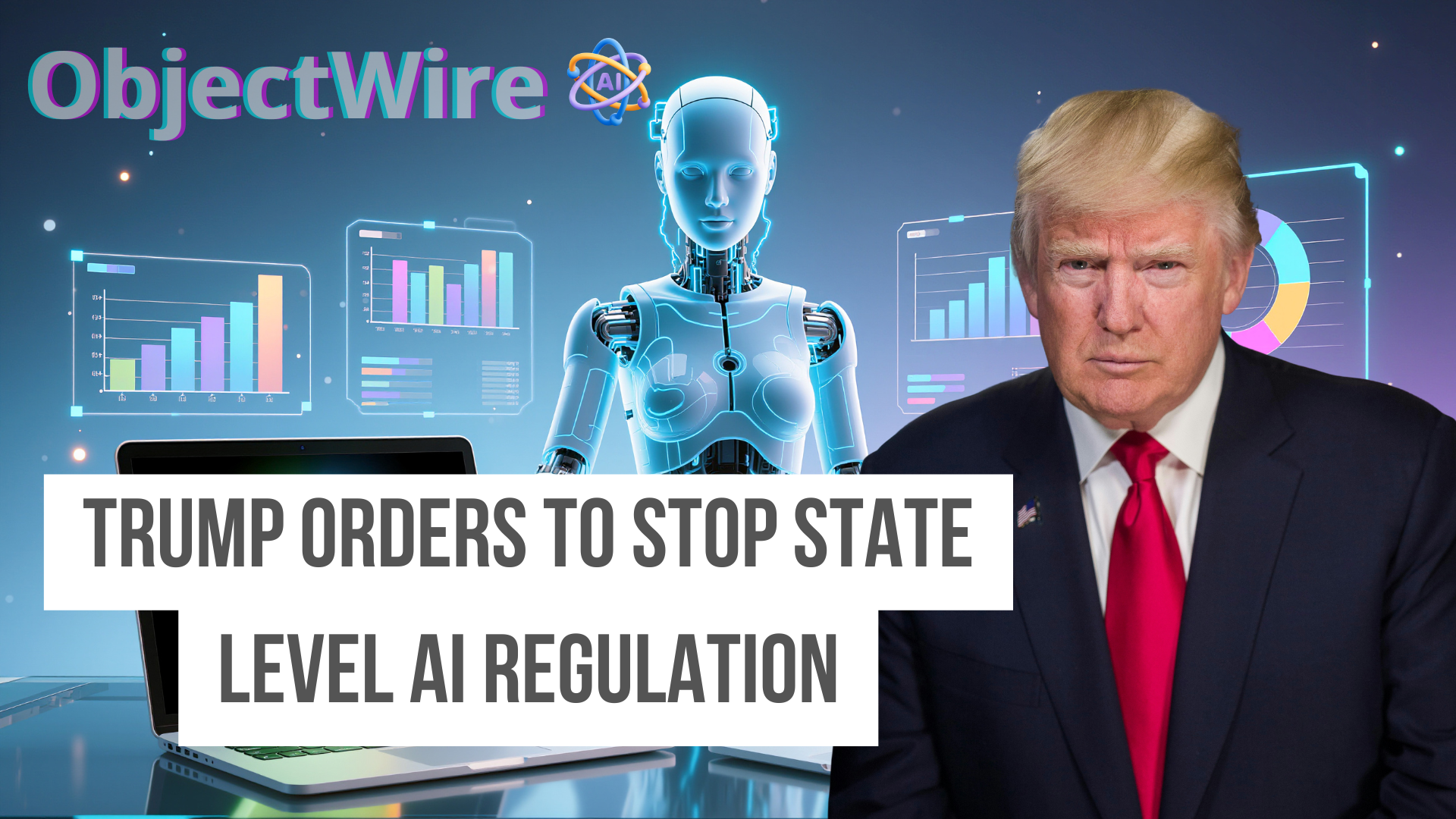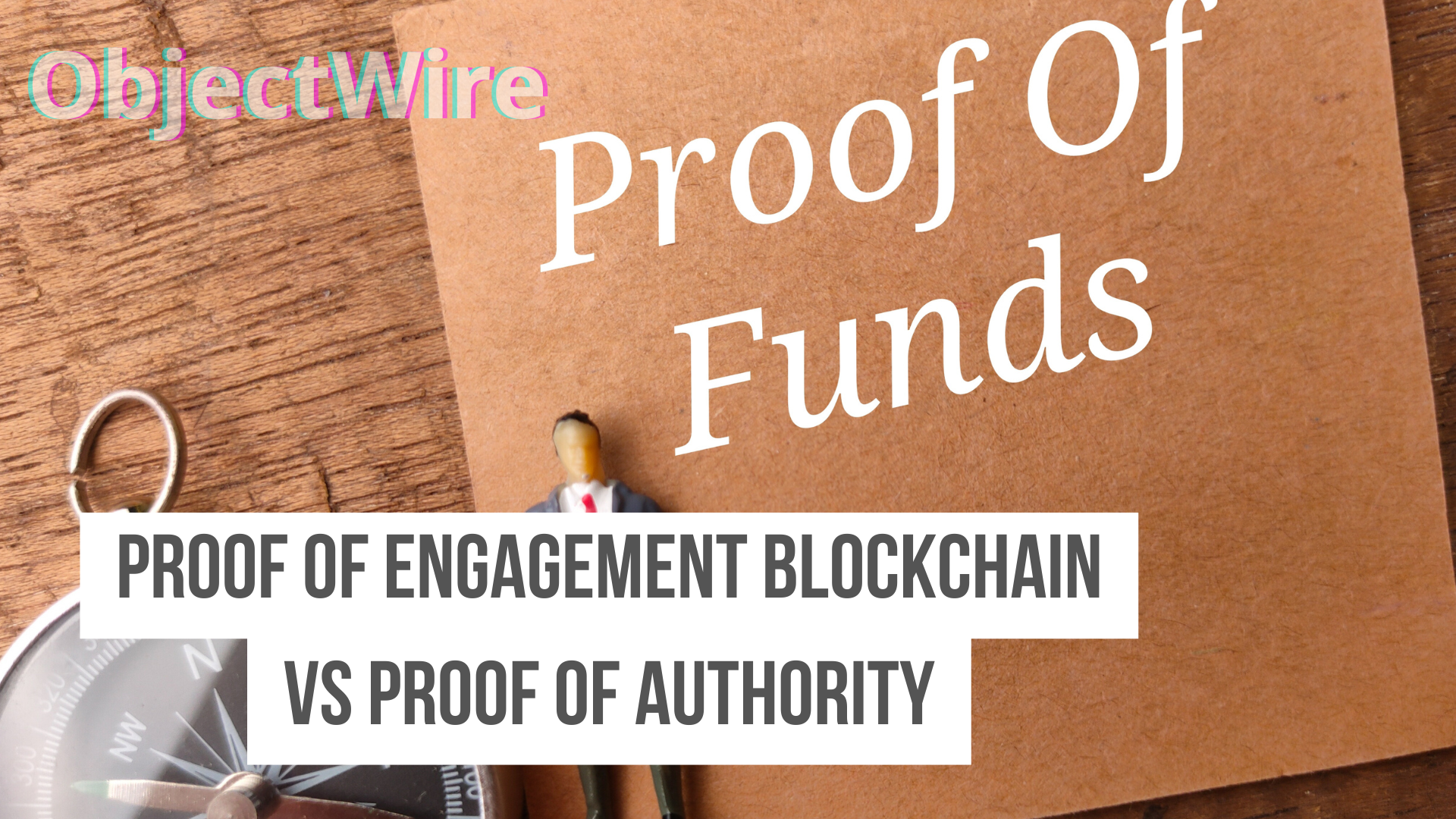Jeff Evely just fined $28,872.50 for walking into the woods in Nova Scotia
Nova Scotia Just Handed Me a Fine of $28,872.50 for Walking Into the Woods... on X User posted late last night.
Imagine stepping into a forest, the crunch of leaves underfoot, the whisper of wind through the trees; only to be slapped with a fine so staggering it could buy a new car. That’s exactly what happened to Jeff Evely, a Nova Scotia resident known as @Jeffevely
on social media, who was fined $28,872.50 for simply walking into the woods. How did a routine stroll lead to such a jaw-dropping penalty?
The answer lies in a web of new regulations sweeping Nova Scotia, sparking heated debates about freedom, conservation, and the fine line between the two. Let’s unravel this story and explore what it means for residents and nature lovers alike.
The Incident That Shocked Nova Scotia
Jeff Evely, an avid outdoorsman and environmental advocate, was enjoying what he thought was a harmless walk in the woods near his home when authorities issued him a staggering fine of $28,872.50. The news, first shared by Evely on social media, sent shockwaves across the province, leaving many to wonder: What could justify such a penalty for something as innocent as a walk? The incident, which occurred in early August 2025, quickly became a lightning rod for discussions about Nova Scotia’s new land-use laws and their enforcement.
Evely’s fine wasn’t just a random act of bureaucracy—it was tied to a province-wide ban on entering forested areas, implemented to curb wildfire risks. But the severity of the fine and its application to a seemingly benign activity raised eyebrows. Was this an overreach, or a necessary measure to protect Nova Scotia’s fragile ecosystems? The truth, as we’ll discover, lies in a complex interplay of policy, environment, and public misunderstanding.
New Laws Governing Nova Scotia’s Wilderness
On August 5, 2025, Nova Scotia’s government, led by Premier Tim Houston, announced sweeping restrictions on activities in wooded areas, effective immediately until October 15, 2025, or until conditions improve. These measures, enacted under the Forests Act, aim to prevent wildfires during a prolonged dry spell. The province, which has seen 100 small wildfires in 2025 alone, is on high alert after the devastating 2023 wildfire season, which burned 25,093 hectares—over four times the five-year average.
Here’s what the new regulations entail:
- Prohibited Activities: Hiking, camping (outside designated campgrounds), fishing, and using vehicles like ATVs in wooded areas are banned. Trail systems through forests are off-limits.
- Scope: Restrictions apply to both Crown land and private property, with landowners encouraged to voluntarily comply.
- Penalties: Violators face fines of up to $25,000, with Evely’s fine of $28,872.50 suggesting additional penalties or compounding factors, possibly related to a specific protected area.
- Commercial Restrictions: Forestry, mining, and other commercial activities require permits and are often limited to nighttime operations to reduce fire risks.
These rules, while rooted in the noble goal of preventing wildfires, have sparked confusion and frustration. With 75% of Nova Scotia covered in forests, avoiding “the woods” is no small feat, especially for rural residents. The lack of clear signage and communication has left many, like Evely, unaware of the restrictions, leading to unintentional violations. Learn more about the restrictions here.
Jeff Evely: A Voice for Nature Caught in the Crossfire
Jeff Evely is no stranger to Nova Scotia’s environmental scene. A passionate advocate for conservation, he’s worked with local organizations to protect the province’s biodiversity, from its lush forests to its pristine waterways. His social media presence, under the handle @Jeffevely, often highlights sustainable practices and community initiatives. Yet, this very passion for nature led him into a legal quagmire.
Evely claims he was unaware of the new restrictions when he ventured into the woods, a sentiment echoed by many residents. The fine, reportedly linked to entering a protected ecological zone, has raised questions about whether the penalty was proportionate. Was Evely targeted as an example, or did he unknowingly cross into a highly sensitive area? The specifics remain unclear, but the incident has thrust him into the spotlight as a symbol of the broader tension between public access and environmental protection.
Public and Media Firestorm
The public response to Evely’s fine was immediate and intense. Social media platforms, particularly X, erupted with reactions, with users like @paigemacp
decrying the ban as “deja vu” of overly restrictive policies. Posts called the $25,000 base fine—let alone Evely’s $28,872.50—a violation of personal freedoms, with some labeling it a “climate lockdown.” Media outlets, from local papers to international platforms like CBC News, covered the story, delving into the legal and environmental context.
Public sentiment largely sided with Evely, with many arguing that the fine was excessive for a non-malicious act. Environmentalists, while supportive of conservation, questioned the lack of public education about the new rules.
Over 1,000 comments flooded a government Facebook video announcing the restrictions, with residents expressing confusion and frustration. Critics, including the Canadian Constitution Foundation, called the measures a “severe overreach,” arguing they infringe on constitutional liberties.
Implications: A Balancing Act
Evely’s fine is more than an isolated incident—it’s a wake-up call about the delicate balance between protecting nature and preserving public access. Nova Scotia’s forests are a lifeline for recreation and mental health, yet the 2023 wildfires, which destroyed over 200 homes, underscore the need for vigilance. The current restrictions, while temporary, could set a precedent for stricter land-use policies, potentially alienating residents from their natural heritage.
- Public Awareness: The confusion surrounding the ban highlights the need for better communication. Clear signage and public campaigns could prevent future fines.
- Policy Reform: Advocacy groups may push for revised regulations that balance conservation with access, possibly through tiered penalties or exemptions for low-impact activities like walking.
- Legal Challenges: Evely or others could challenge the fines in court, potentially reshaping how land-use laws are enforced. Explore Nova Scotia’s forestry laws here.
What’s Next?
As Nova Scotia awaits significant rainfall to lift the restrictions, the debate over Evely’s fine continues to simmer. Will this incident prompt a reevaluation of how environmental laws are communicated and enforced? Or will it solidify a trend toward tighter control over natural spaces? For now, residents are left navigating a landscape of uncertainty, where a simple walk could cost thousands.
Jeff Evely’s story is a stark reminder that even the most well-intentioned regulations can have unintended consequences. As the province grapples with its environmental priorities, one question lingers: How do we protect our forests without locking out those who cherish them most? The answer may shape Nova Scotia’s relationship with its wilderness for years to come.
Contact Us
Nova Scotia just handed me a fine for $28,872.50 for walking into the woods. pic.twitter.com/sARyEzHAzR
— Jeff Evely (@JeffEvely) August 9, 2025
